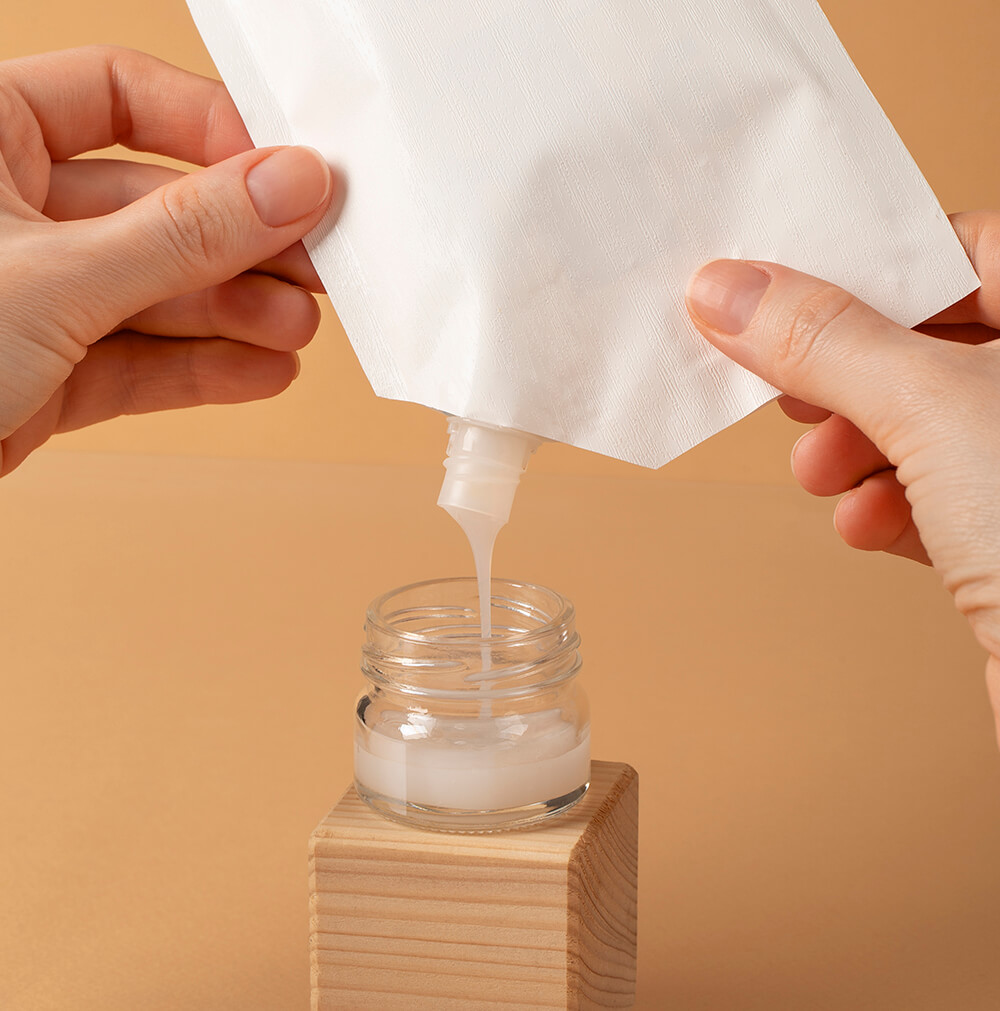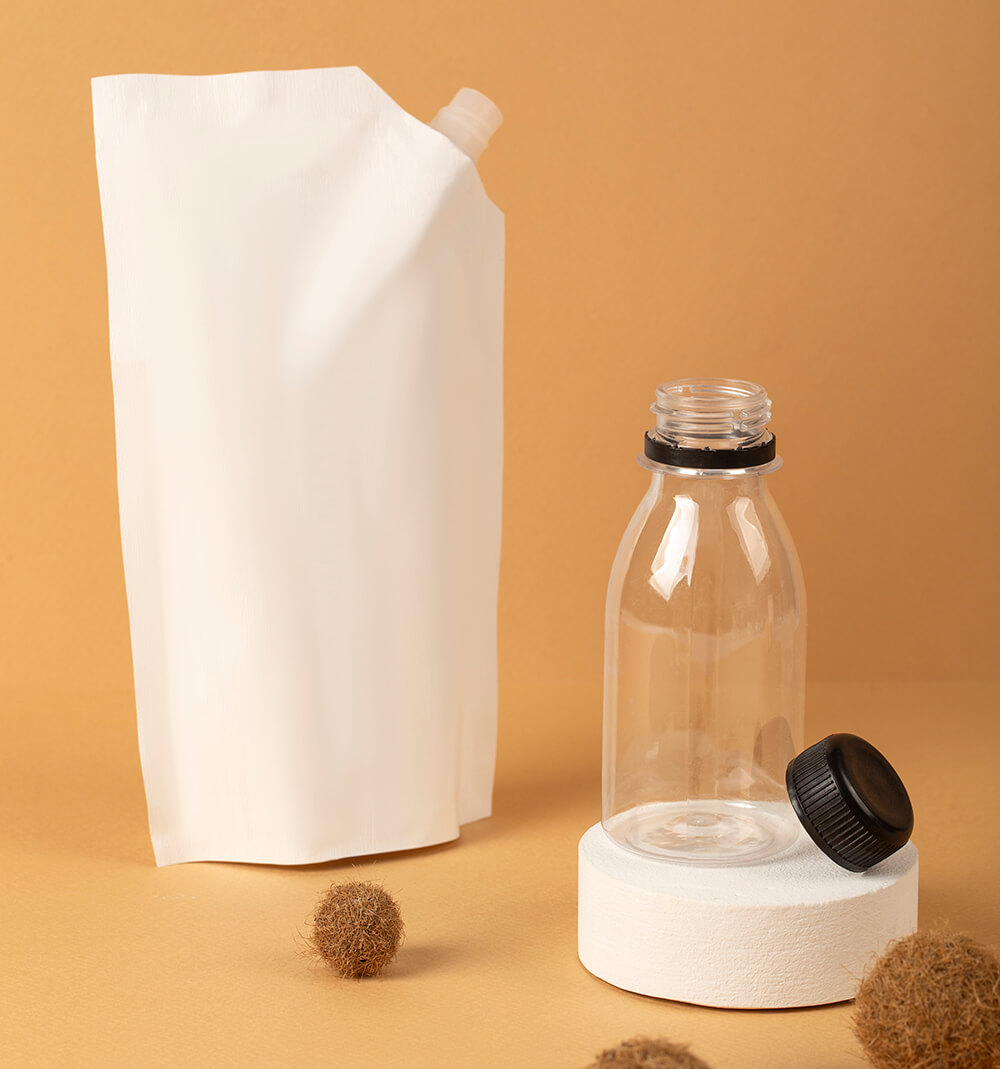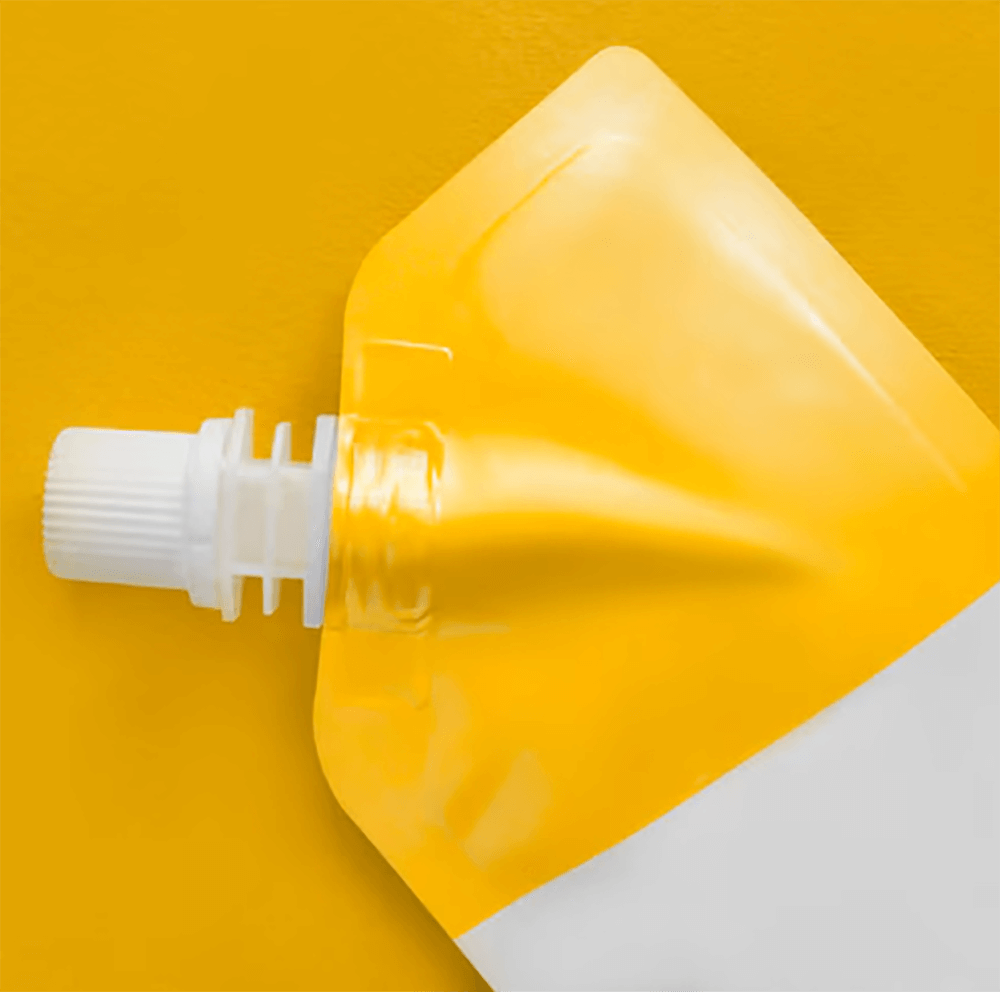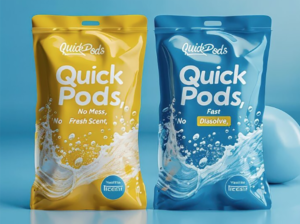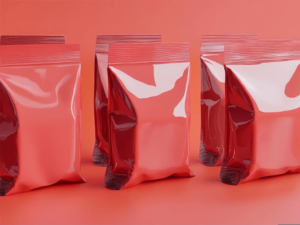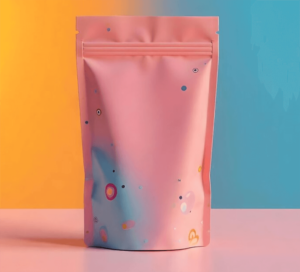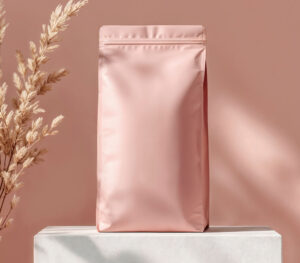In today’s competitive market, packaging is no longer just a container; it’s a powerful marketing tool that can significantly influence consumer perception and drive sales. Among the myriad packaging options, the squeeze pouch has emerged as a particularly versatile and effective choice. Its unique combination of convenience, functionality, and aesthetic appeal makes it a prime candidate for brands looking to differentiate themselves and connect with consumers on a deeper level. This article explores how thoughtful design strategies for squeeze pouch packaging can not only boost sales but also enhance brand loyalty and market presence.
Sustainable Squeeze Pouch Solutions: Balancing Functionality with Environmental Responsibility
As environmental consciousness grows, sustainable packaging isn’t just a trend—it’s a necessity. For squeeze pouches, balancing functionality with eco-responsibility involves strategic material selection and design.
The core challenge lies in maintaining the pouch’s critical barrier properties for product preservation while ensuring its end-of-life impact is minimized. Mono-material solutions, primarily using recyclable polyethylene (PE) or polypropylene (PP), are gaining traction. These single-polymer structures simplify recycling streams compared to multi-material laminates that are difficult to separate. Brands are also exploring post-consumer recycled (PCR) content in their pouches, reducing reliance on virgin plastics and giving a second life to waste materials.
Beyond recyclability, compostable and biodegradable films are emerging, often derived from renewable resources like PLA (polylactic acid) or PHA (polyhydroxyalkanoates). While promising, their effectiveness hinges on the availability of industrial composting facilities, which are not yet widespread.
The design can also contribute to sustainability. Lightweighting (reducing the amount of material used) inherently lowers the carbon footprint. Additionally, features like recyclable caps and spouts are crucial, as they are often made from different materials than the pouch body.
Enhancing Consumer Experience Through Squeeze Pouch Ergonomics: Design Principles and Case Studies
The physical interaction with packaging profoundly impacts consumer satisfaction. Squeeze pouch ergonomics are key to providing a superior user experience, influencing repeat purchases and brand perception.
Effective ergonomic design considers how the pouch fits in the hand, how easily it dispenses product, and its overall convenience. Key design principles include:
- Size and Shape: The pouch should be comfortable to hold for the target user (e.g., smaller for children’s hands). Contoured shapes can enhance grip.
- Spout Design: The spout is critical for controlled dispensing. Anti-choke caps for children’s products, flow-control valves for precise application (e.g., condiments), and resealable closures for multi-use products are essential.
- Ease of Squeezing: The material’s flexibility and the pouch’s construction should allow for effortless product expulsion without excessive force, preventing hand fatigue or frustration.
- Emptying Efficiency: Designing the pouch to minimize product residue ensures consumers get maximum value, reducing waste and enhancing satisfaction.
Case Study: Baby Food Pouches. Brands like Plum Organics and Happy Baby have revolutionized baby food by moving from jars to squeeze pouches. Their designs prioritize easy grasping for little hands, mess-free feeding, and resealability for on-the-go convenience, directly addressing parental pain points and significantly boosting market share.
Global Market Trends in Squeeze Pouch Packaging: Regional Preferences and Growth Opportunities
The squeeze pouch market is experiencing robust global growth, driven by changing consumer lifestyles, increasing demand for convenience, and technological advancements. However, regional preferences and market dynamics present unique opportunities.
- North America and Europe: Mature markets with high demand for organic, clean-label, and sustainable options. There’s a strong emphasis on recyclable and PCR-based pouches for snacks, purees, and even personal care items. Convenience for busy lifestyles is paramount.
- Asia-Pacific: A rapidly expanding market, fueled by urbanization, rising disposable incomes, and a growing middle class. Demand is high for baby food, fruit purees, and liquid snacks. Cost-effectiveness and extended shelf life are crucial here, often leading to the use of higher barrier laminates. Innovations in stand-up pouches for beverages and condiments are also prominent.
- Latin America and Africa: Emerging markets with significant growth potential, especially for affordable, single-serve portions of purees, juices, and sauces. Focus is often on basic functionality and strong barrier properties to withstand varied climates and distribution challenges.
Overall trends point towards increasing sophistication in pouch design, with a focus on functional spouts, vibrant graphics, and sustainable material choices. Brands that understand and adapt to these regional nuances will unlock significant growth opportunities.
Food Safety Compliance Guide for Squeeze Pouch Packaging: Standards and Testing Protocols
Food safety is non-negotiable for squeeze pouch packaging, especially for products like purees, yogurts, and sauces. Adherence to strict national and international standards and rigorous testing protocols is paramount to protecting consumer health and brand reputation.
Key compliance aspects include:
- Material Safety: All materials in contact with food must be food-grade and comply with regulations set by bodies like the FDA (U.S. Food and Drug Administration), EU Food Contact Regulations (e.g., Regulation (EU) No 10/2011), and national standards in other regions (e.g., GB standards in China). This involves ensuring materials do not leach harmful substances into the food.
- Barrier Properties: The pouch must provide adequate barrier protection against oxygen, moisture, light, and contaminants to prevent spoilage and maintain product integrity throughout its shelf life.
- Seal Integrity: The seals must be robust and leak-proof to prevent contamination and product loss.
- Manufacturing Practices: Packaging manufacturers must operate under Good Manufacturing Practices (GMP), ensuring hygienic conditions, traceability, and quality control throughout the production process. Certifications like BRCGS Packaging Materials are often sought.
Testing Protocols:
- Migration Testing: Simulates conditions of food contact to measure the transfer of chemical substances from the packaging to the food.
- Seal Strength Testing: Measures the force required to pull seals apart, ensuring they meet minimum strength requirements.
- Burst Testing: Inflates the pouch with air until it bursts, checking overall pouch integrity and seal strength under pressure.
- Drop Testing: Simulates accidental drops to assess packaging robustness.
- Leak Testing: Submerges sealed pouches in water with applied pressure to detect leaks.
- Microbiological Testing: Ensures the packaging material does not promote microbial growth.
Latest Technological Innovations in Squeeze Pouch Design: Features That Enhance Functionality
Innovation in squeeze pouch design continues to push boundaries, enhancing functionality, convenience, and sustainability.
- Advanced Spout and Closure Systems: Beyond basic resealable caps, innovations include:
- One-way valves: Allowing product out but preventing air ingress, extending freshness.
- Precision dispensing spouts: For controlled portions of sauces, creams, or gels.
- Child-safe caps: Designed to prevent accidental ingestion, often requiring a push-and-twist mechanism.
- Integrated spoon/applicator: Some pouches integrate a soft spoon or applicator directly into the spout, enhancing convenience for baby food or cosmetics.
- High-Barrier Laminates: Development of thinner, yet more effective, barrier layers that protect against oxygen, moisture, and light, even in retort or aseptic processing. This allows for extended shelf life of sensitive products without refrigeration.
- Recyclable and Compostable Structures: As mentioned, mono-material PE/PP pouches and certified compostable films are leading the charge in sustainable innovation.
- Digital Printing: Allows for highly customized, short-run printing with vibrant graphics, enabling greater flexibility for limited editions, personalized branding, or rapid market testing without high minimum order quantities.
- Flexible Packaging Retort Technology: Advances allow for heat-sterilization of products directly in the pouch, offering extended shelf life comparable to cans but with the convenience and reduced weight of a flexible pouch.
- Ergonomic Grips and Textures: Incorporating tactile elements and shapes that improve user comfort and prevent slippage during squeezing.

